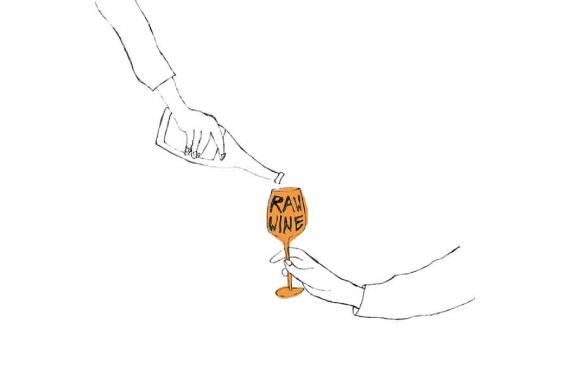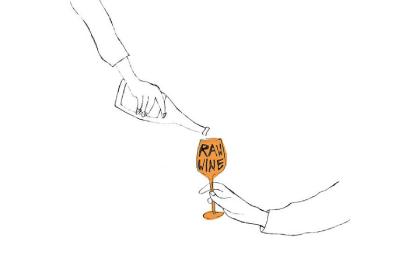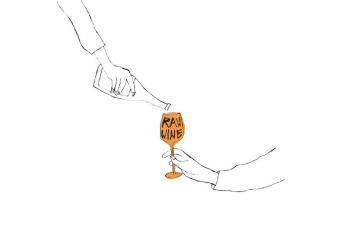Certified
Uncertified
Type
Grower, Maker



Certified
Uncertified
Type
Grower, Maker
There comes a moment when you reflect on the past and realize that walking on a completely new and, at that time, still uncharted path has forever connected your family with today’s activity: viticulture and winemaking.
In 2003, my family and I presented a project called the “Georgian Vine Festival” within a grant competition announced by the World Bank. The goal of the project was to study grape varieties, vineyards, and farm wines produced throughout the entire territory of Georgia. We aimed to provide assistance to winegrowers in organizing their farms and selling wines, in order to preserve rare Georgian varieties and encourage the century's old tradition of winemaking. At that time, no wine and grape festival was held in Georgia. Within the framework of my family’s project, there was a laboratory inspection of vineyards and wines, and we visited 134 farmers in all regions. After research and study, only 27 farmers’ wines and vineyards met the international standard, and the selected wines were first bottled and prepared for sale. In 2004, the project was concluded with the first “Georgian Vine Festival” in Georgia, which was held at the Ethnographic Museum in Tbilisi. During the festival, a team of professionals conducted degustation and identified the three best farm wines out of the 27 wines submitted.
A team of professionals was involved in implementing the project, including the head of the winemaking department, the elderly Mr. Giorgi Tushmalishvili. He had an immense love for viticulture and winemaking. He effortlessly shared and conveyed this passion to us, teaching us things that couldn’t be learned from books: the taste of wine, its color, body, smell, vineyard leaves, claret, and even details about the life cycle of the vine. During the tastings, he would take me aside and ask about my emotions and feelings. I would respond with a silent smile and cheer, as he believed that I would become a good winemaker and an even better winegrower.
In 2006, my husband and I, now experienced and passionate about tending the vineyard and making wine, bought our first vineyard, and that’s where it all started...
Today, my family owns a vineyard of 1 hectare and 2500 square meters in the rare micro-zones of Akhoebi and Tsarapi in the village of Kardenakhi, Kakheti. The Tsarapi and Akhoebi zones are situated on the low northeastern slope of the Tsiv-Gombor ridge, with a slope of 3-4°, Md. They are lo- cated on the right bank of the Alazani River at an altitude of 350-750 meters above sea level. This unique location is the main determinant of the distinctiveness of the Rkatsiteli and Saperavi vines grown in this area.
All members of the family are involved in the process of vine and wine care. Our aim is to produce natural wine using the old Georgian traditional method, which is why we do not use additives, pesticides, or herbicides in the vineyard. Additionally, the grapes are pressed by hand, which adds to the uniqueness of our wine. We do not use sulfur, and the wine is stored in a Qvevri on Chacha (stem and skin) for at least 6 months.
We believe that tending vines and making wine is not just a technical process; it should also be approached philosophically. Wine is alive; it goes through all phases of life. Before making wine, one must be able to listen to it in order to take care of vines and the wine. Wine tells a story, and every person who is a part of this journey leaves something in it. We follow this philosophy and strive to put our best into all of this, bringing to you wine with diverse characteristics and history.
Every step we take on the path we embarked on almost 20 years ago convinces us even more about the mystique of vines and wine. Brewing wine in the pitchers of our small cellar with the traditional Kakhetian method seems to transport us back to the cellar of a prosperous Georgian winemaker from centuries ago.
- Size of their farm: 1.5 (ha)
- Size of farm under vine: 1.5 (ha)
- All grapes are dry-farmed. None of the vineyards are irrigated.
- All grapes are harvested manually.


